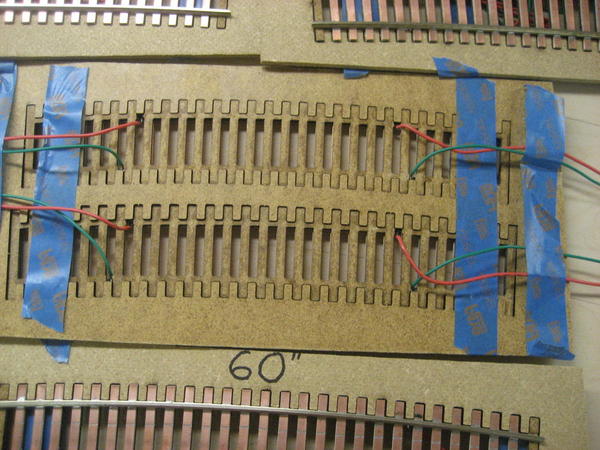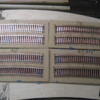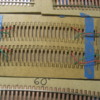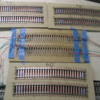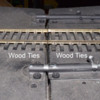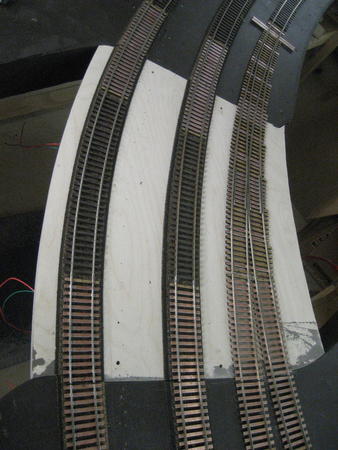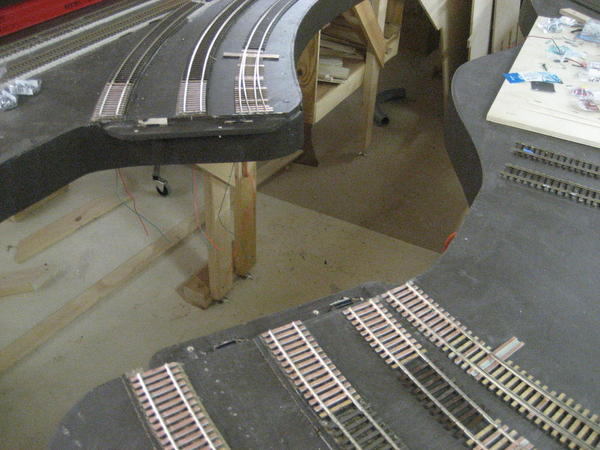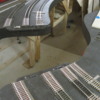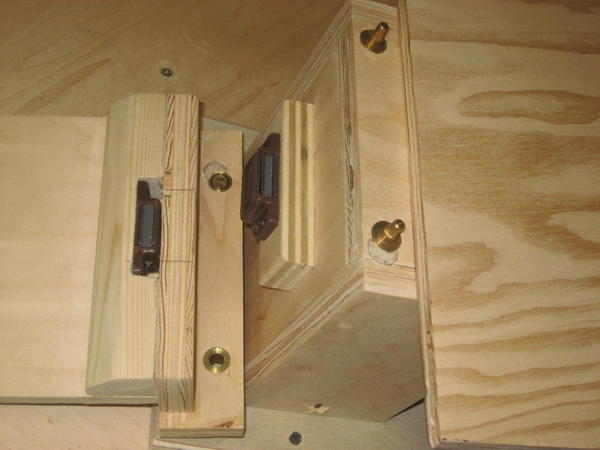There is a range of product which would serve well. Size #3, #4 or #5. However under the guidance of a shop who uses these in another field I selected #4 size.
I use the #4 size for module set up purposes also. I used #4 in The Train America Studio portable layout seen at York awhile ago. These alignment dowels can make bolts. screws, wingnuts obsolete or at least optional. Simply draw close together and clamp the frame member. I like to use welders vise grips, see below.
I did make my own female seat installation tool for doing ledge installations by machining a 1/4" drive socket extension to fit the inside corners of the round hole. If you have not seen the product that statement would sound contradictive.
Do not try this installation with out using the installation tool. You will regret it!
You will also need to spot face the benchwork to receive the dowel flange.
162020Square-Head Brass Dowel - Size 4 - Complete Set of 50
/Bx163555Installation Wrench (Freeman & Master) - Size 4
163595Counterbore - Size 4
Proper installation of dowels and bushings for precise alignment of patterns and core box halves is one of the more challenging processes to explain. This guide will show you in detail the proper procedure, which will apply to all of the dowels that Freeman supplies. The two diagrams on the right show brass dowels used to align two halves of a core box (top) and two halves of a pattern (bottom). Installation of brass dowels (used in wood only) are relatively simple, requiring only a drill to create a hole of the proper size and depth and a special wrench to insert (and remove) the dowels and bushings. Installation of steel dowels (used in aluminum, cast iron and other metals) is more involved. | |
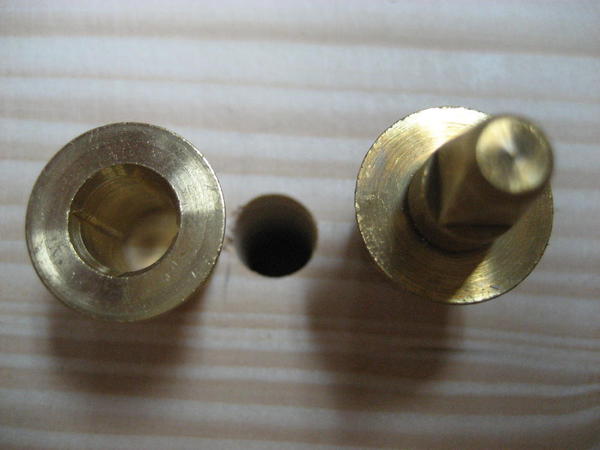
Look closely to see one of four crevices that the square drive grabs to screw in the female dowel half.
For module match up with these dowels simply use the swivel pad welders vise grips:





